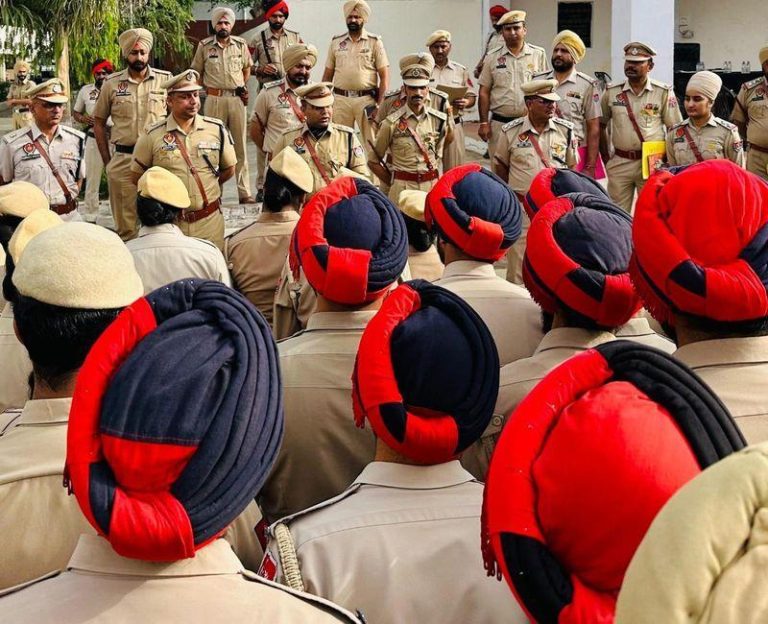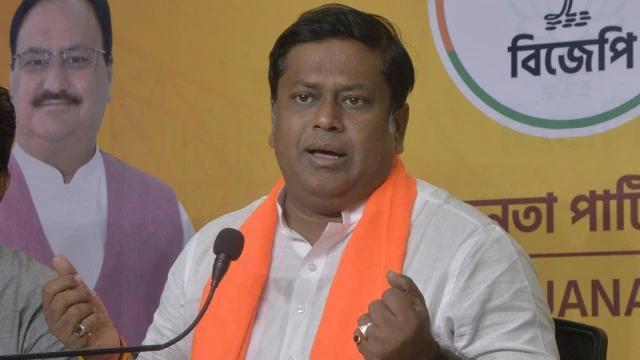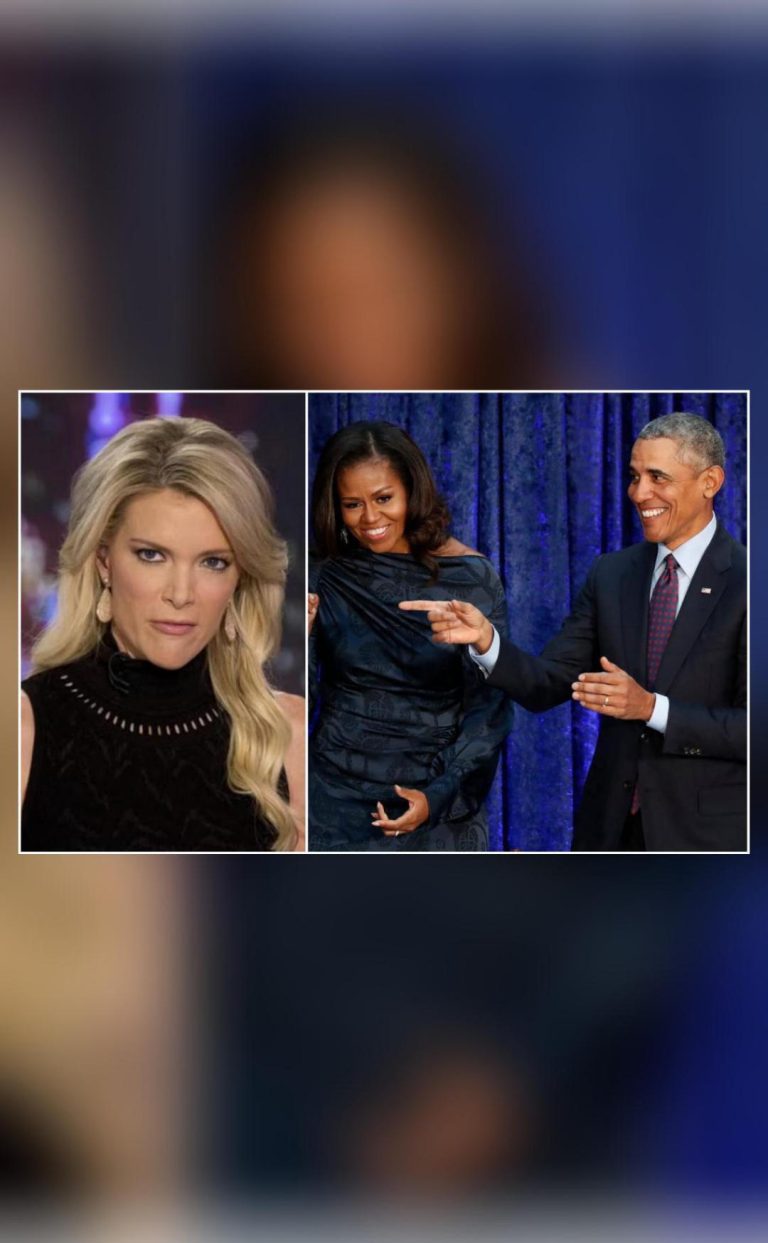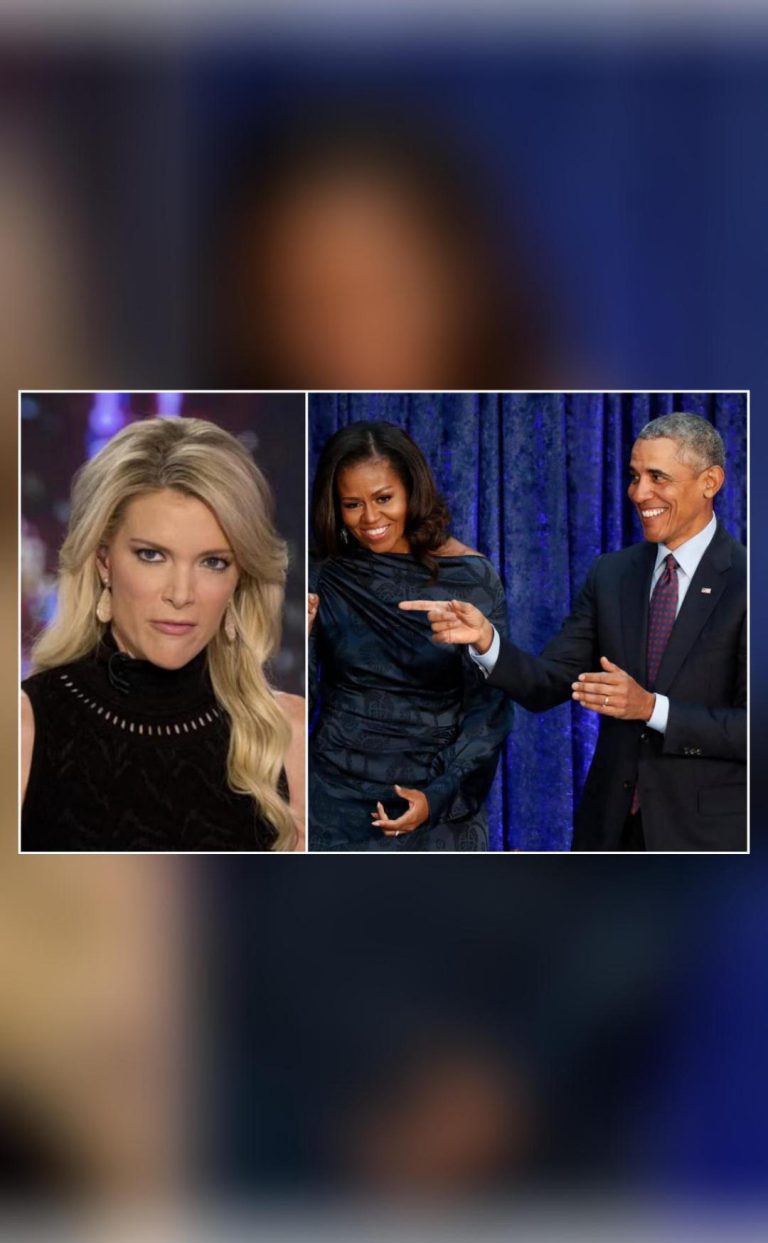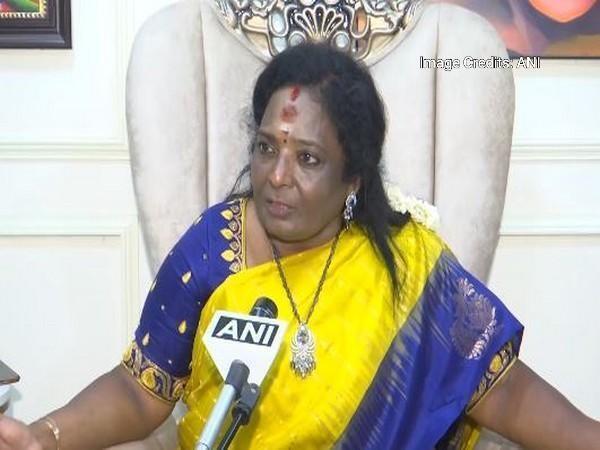
Will Stalin Change His Name into a Tamil Name?
In a recent controversy, Tamilisai Soundararajan, the President of the Tamil Nadu unit of the Bharatiya Janata Party (BJP), has sparked a debate by criticizing the Tamil Nadu government for replacing the rupee symbol with the Tamil letter ‘Ru’ in the state budget logo. Soundararajan, in an interview, asked Chief Minister MK Stalin if he would be willing to change his name into a Tamil name, drawing attention to the hypocrisy of the move.
The Tamil Nadu government, led by the Dravida Munnetra Kazhagam (DMK), had introduced the new budget logo, which featured the Tamil letter ‘Ru’ instead of the conventional rupee symbol, in an attempt to promote the use of the Tamil language. However, Soundararajan saw this move as a blatant disregard for national symbols and a display of regional chauvinism.
Speaking to media, Soundararajan stated, “The Indian currency is a federal setup and they have to respect the national symbols. If they want to promote the Tamil language, they can do it in a different way. But replacing the rupee symbol is not the right way.” She also criticized the government for not consulting with the Centre before making the change, saying that it was an attempt to create a sense of regional identity at the cost of national unity.
The BJP leader’s remarks have sparked a heated debate, with some arguing that the move was a legitimate attempt to promote the Tamil language and culture, while others see it as a divisive move that undermines national unity. The Tamil Nadu government, however, has defended the move, stating that it was meant to promote the use of the Tamil language and to give a unique identity to the state’s budget.
The controversy has also raised questions about the role of language in Indian politics and the tension between regional and national identities. Tamil is one of the 22 officially recognized languages in India, and the Tamil Nadu government has long been a champion of the language and culture. However, the move has also sparked concerns about the potential for similar moves in other states, potentially leading to a fragmentation of national identity.
The rupee symbol, designed by Indian scientist Uday Kumar, was introduced in 2010 as a unique representation of the Indian currency. The symbol was designed to be a combination of the Devanagari letter ‘Ra’ and the Latin letter ‘R’, and was intended to be a unifying symbol for the country.
In contrast, the Tamil letter ‘Ru’ used in the new budget logo is a unique letter used in the Tamil script. While the use of regional languages and scripts is an important part of India’s cultural diversity, the controversy highlights the delicate balance between promoting regional identity and maintaining national unity.
The controversy has also raised questions about the role of the Centre in regulating the use of national symbols. The Indian government has a responsibility to ensure the use of national symbols in a way that promotes national unity and does not undermine regional identities.
In conclusion, the controversy surrounding the Tamil Nadu government’s decision to replace the rupee symbol with the Tamil letter ‘Ru’ in the state budget logo is a complex issue that highlights the tension between regional and national identities. While the use of regional languages and scripts is an important part of India’s cultural diversity, the controversy also raises questions about the role of the Centre in regulating the use of national symbols.
As Soundararajan pointed out, the Indian currency is a federal setup and the use of national symbols must be respected. However, the Tamil Nadu government’s decision also highlights the importance of promoting regional languages and scripts as a way to promote national unity and diversity.
Ultimately, the controversy serves as a reminder of the need for a nuanced approach to language and identity in India, one that balances the promotion of regional languages and scripts with the maintenance of national unity and identity.
